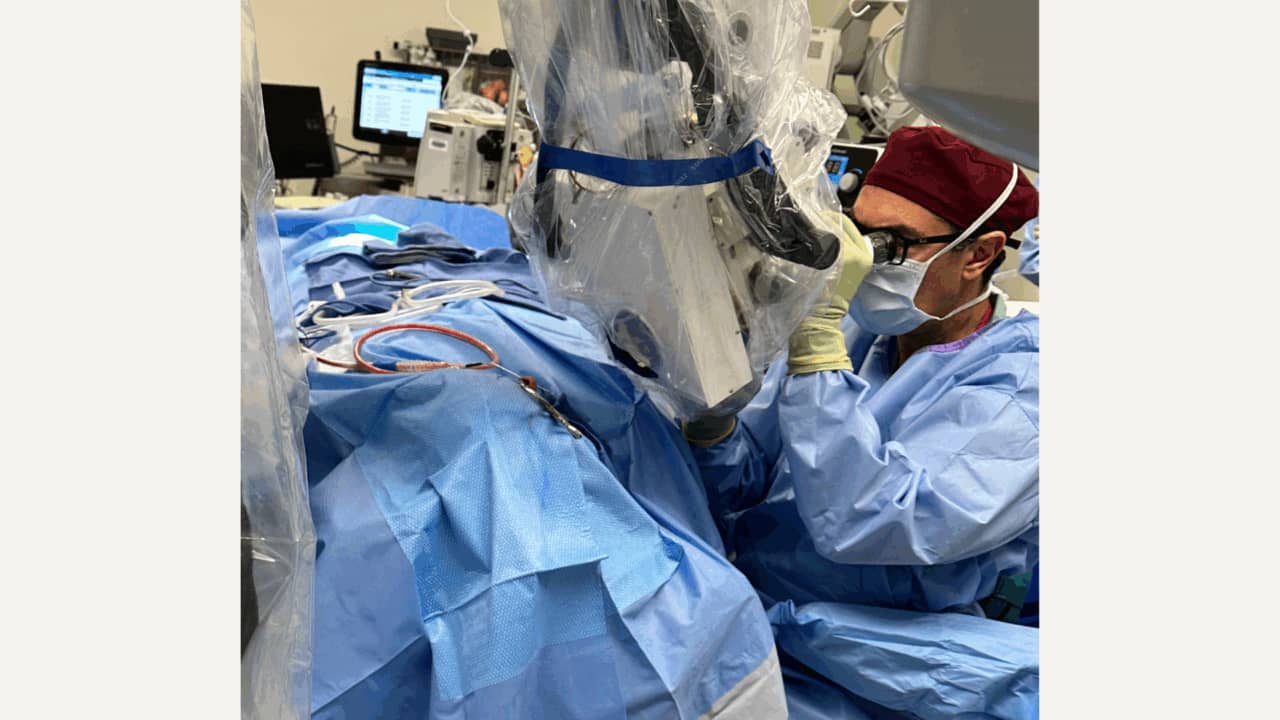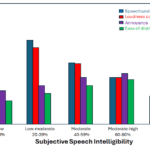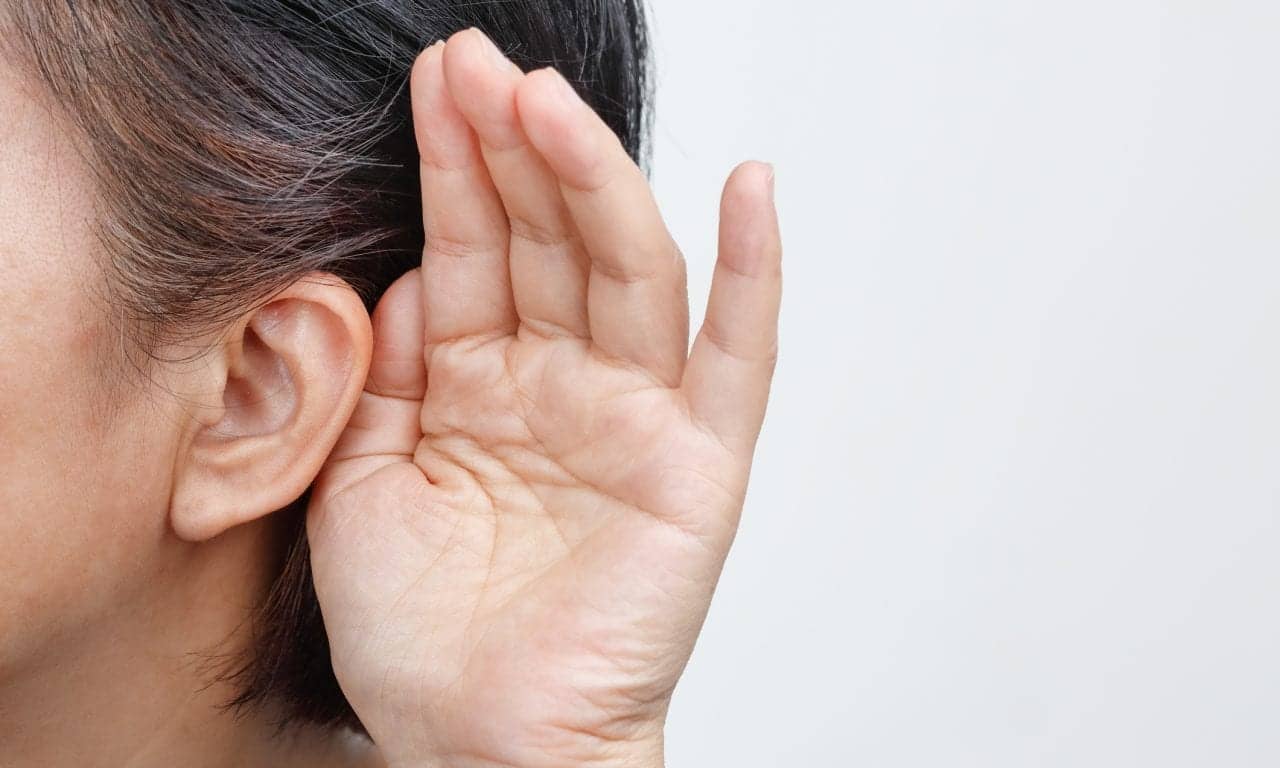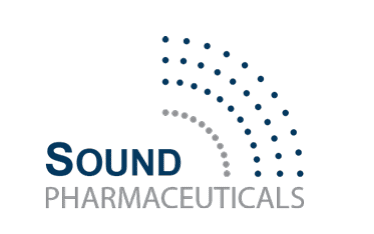Research Reveals New Clues to Middle-Ear Hearing Damage with Digital Reconstruction
A new digital reconstruction study shows that middle-ear hearing loss becomes severe when fluid occupies about half of the ear cavity, offering a non-invasive marker for diagnosing and staging otitis media with effusion.


















